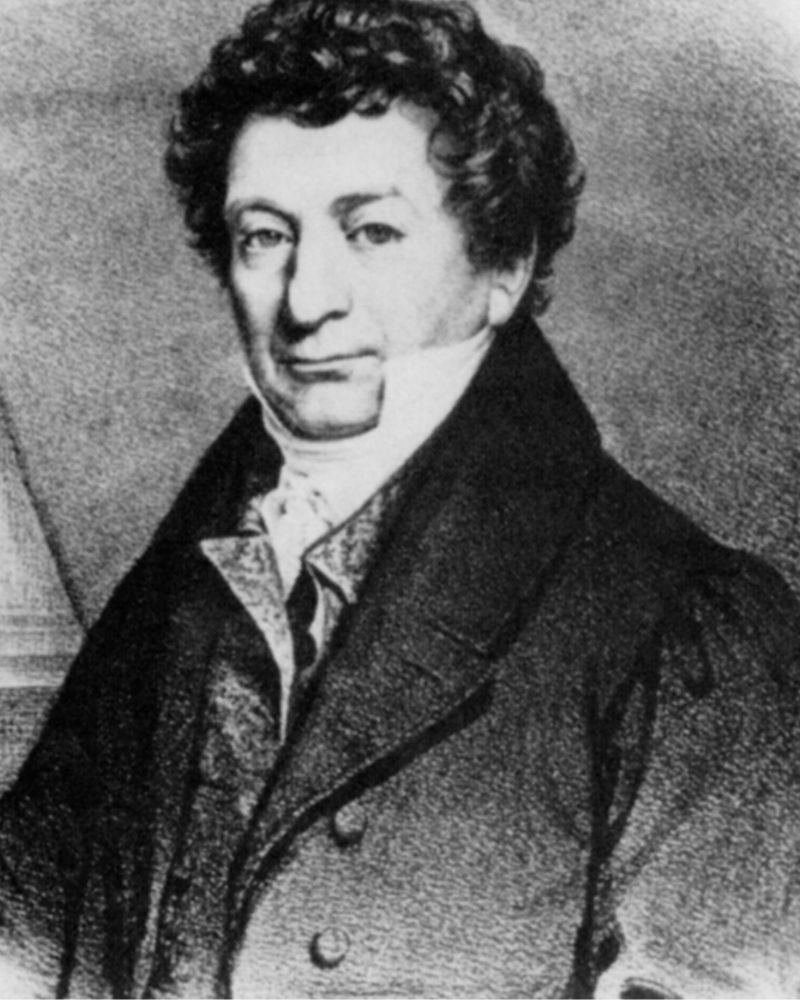The Discovery of Morphine: The First Effective Painkiller

Pain has been a part of human existence since the beginning of time, and for centuries, people relied on natural remedies to alleviate suffering. The discovery of morphine, the first potent painkiller, revolutionized medicine by providing a reliable way to manage severe pain. Extracted from opium, morphine became a cornerstone of modern medicine, though its addictive potential later raised concerns.
The Discovery of Morphine
Morphine was discovered in 1804 by Friedrich Sertürner, a young German pharmacist. While experimenting with opium, he successfully isolated a pure, crystalline substance that had far stronger pain-relieving effects than raw opium. He named this new compound morphium, after Morpheus, the Greek god of dreams, because of its ability to induce deep sleep.
Sertürner conducted experiments on animals and later tested the substance on himself and others. The results confirmed that morphine was highly effective in relieving pain, but it also caused extreme drowsiness and had a strong addictive potential. Despite this, it quickly gained popularity as a medical breakthrough.
Morphine and Its Medical Use
By the early 19th century, morphine was widely used in hospitals for pain relief. It became especially important during the American Civil War (1861–1865) and the Franco-Prussian War (1870–1871), where it was used to treat wounded soldiers.
In 1853, the invention of the hypodermic needle allowed morphine to be injected directly into the bloodstream, making it even more effective. It became the go-to painkiller for surgeries, injuries, and chronic illnesses.
The Double-Edged Sword: Addiction and Dependence
While morphine was a medical breakthrough, its addictive nature soon became a major concern. Soldiers who had received morphine injections for pain relief developed "soldier’s disease," a term used to describe morphine addiction. By the late 19th century, morphine dependence had become a widespread problem, leading to the search for less addictive alternatives.
Ironically, heroin was later synthesized from morphine as a supposedly "non-addictive" substitute, but it turned out to be even more dangerous.
Impact on Medicine and Society
- Revolutionizing Pain Management: Morphine set the foundation for modern painkillers and is still used today for treating severe pain in conditions such as cancer, post-surgical recovery, and traumatic injuries.
- Development of Other Opioids: The discovery of morphine led to the creation of other pain-relieving drugs, including codeine, oxycodone, and fentanyl.
- The Opioid Crisis: The addictive nature of morphine and its derivatives has led to global challenges, including the opioid epidemic, where misuse of painkillers has caused widespread addiction and overdose deaths.
The discovery of morphine was a landmark moment in medical history, bringing immense relief to those suffering from severe pain. However, its addictive nature also highlighted the risks associated with opioid medications. Today, while morphine remains an essential tool in medicine, its use is carefully controlled to prevent addiction. The story of morphine serves as both a testament to scientific progress and a reminder of the fine balance between medical benefit and potential harm.